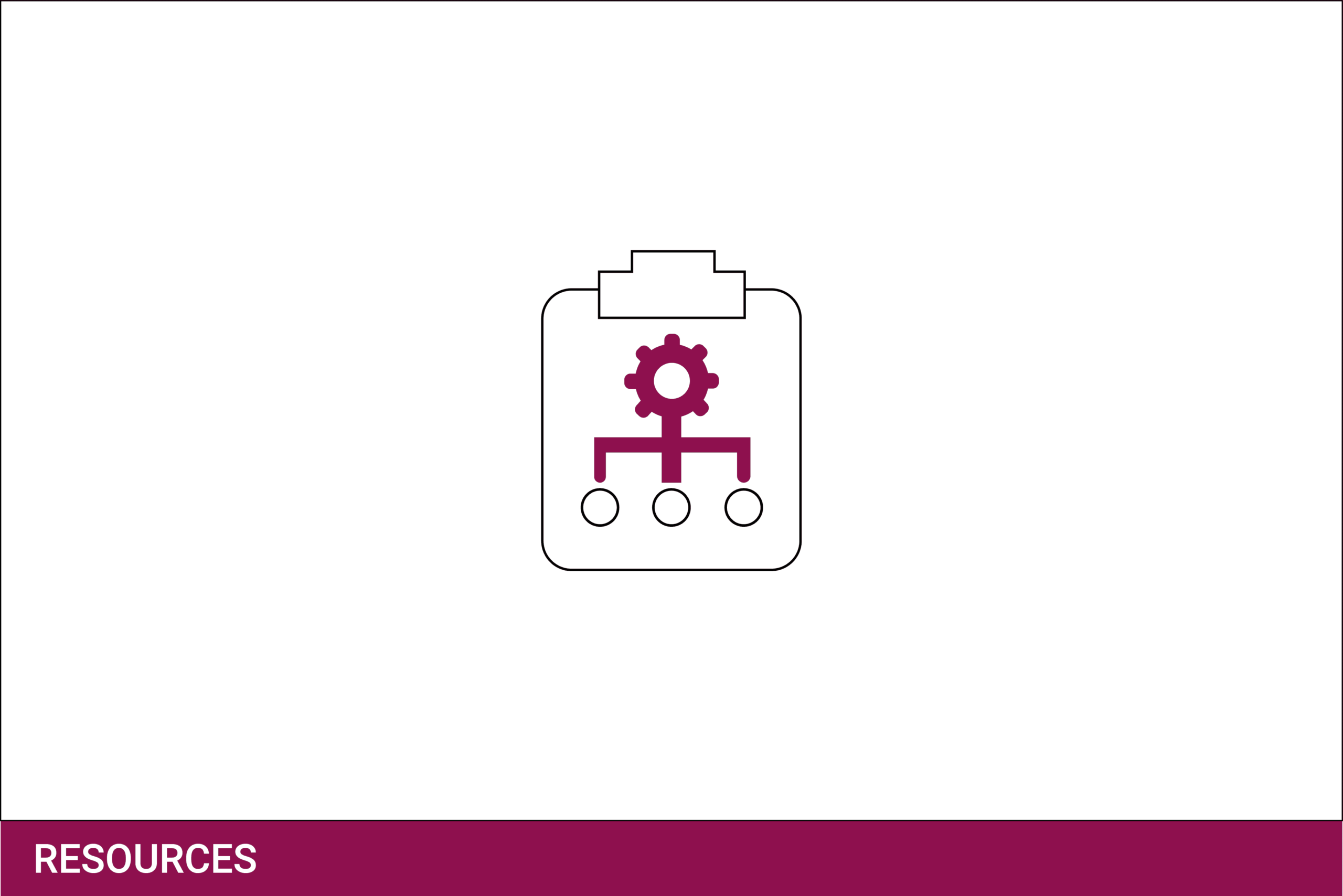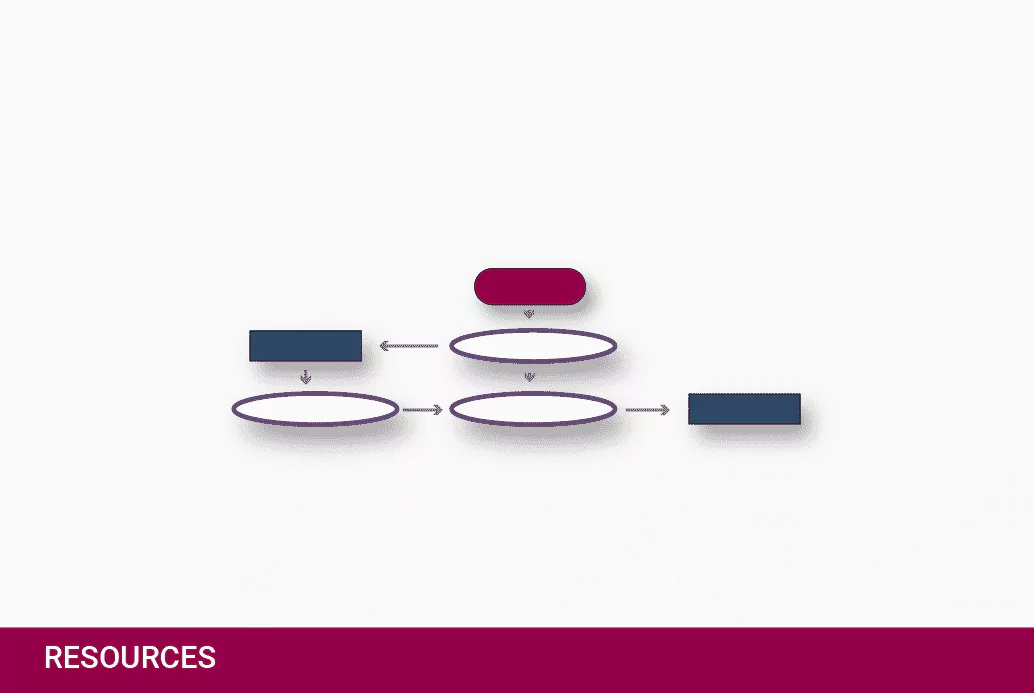Properly labelling and packaging your sample materials is essential to foster an efficient testing process.
In this short article, we will discuss how to correctly package and label your material samples before you send them to us.
We will provide guidelines, practical examples and further information that will streamline our internal processes and enable us to begin testing your sample as soon as possible.
Importance of clear communication
Effective communication between you (the sample provider) and us (the testing facility) is important.
The first step in creating effective communication is to inform us when your sample is in transit.
Sending details via email during dispatch is particularly helpful as it enables us to closely track the sample’s progress and ensure its timely handling.
Rest assured, we will keep you updated by notifying you upon the sample’s arrival and when it’s booked into our systems.
Completing the testing questionnaire
Completing the testing questionnaire, which will be sent to you via email, aids our laboratory technicians in multiple ways.
- our technicians can quickly apply any applicable pre-testing instructions (i.e., mill, sieve or test as received)
- our technicians can understand the contents of your material so we can maintain safety (this is important if your material is hazardous/potentially hazardous)
Material Safety Data Sheets
Please, if possible, provide a Material Safety Data Sheet (MSDS) to ensure the highest standards of quality and safety.
The MSDS contains vital information about potential hazards alongside the chemical composition of the sample. Even for food samples, such as flour or sugars, the chemical information will assist us in identifying potentially hazardous chemicals/materials.
Material descriptions & your quote
Inside the packaging, it would be ideal to include a brief overview and description of the required tests for each sample. This, for example, could be your Sigma-HSE quotation.
Providing a copy of your quote will help us to quickly establish a link between the physical sample and any previous tests or email communications exchanged between Sigma-HSE and your business.
Properly marking materials
To facilitate the easy identification of your materials throughout the testing cycle, please attach a clear label indicating the sample name to the material packaging inside the postage box.
This label ensures that the sample remains identifiable, even if it is temporarily removed from postage box during testing.
Again, additional items, such as Sigma-HSE’s quotation, help establish a link between the physical sample and any previous tests or email communications exchanged between Sigma-HSE and your company.
Selecting a suitable container
Careful consideration should be given when selecting an appropriate container before shipping your materials to us.
It is crucial to choose a secure container that adequately accommodates the quantity of the test sample. Avoid using oversized boxes, as excessive space may lead to sample movement and potential damage during transit.
The container itself should be sturdy and capable of withstanding the various conditions encountered during shipping.
To ensure the sample’s integrity, it is advisable to pack the sample properly using suitable materials like packing peanuts or parcel paper, which effectively minimise shifting and provide cushioning.
For dust or powder samples containing substances like metal shavings, it is important to avoid using food containers or plastic bags that may be susceptible to splitting. In such cases, opt for more robust packaging options such as metal or hard plastic boxes.
When sealing your materials in a container, it is crucial to use an appropriate sealant that guarantees secure closure.
Avoid using glue, as it may inadvertently rip the bag or package, potentially contaminating the sample. Instead, whenever possible, opt for zip ties or other secure methods that keep the package or container tightly sealed throughout the shipping process.
Conclusion
Proper labelling and shipping of material testing samples are of paramount importance to ensure accurate and efficient testing processes.
By adhering to the guidelines outlined in this article, including clear communication, advanced notifications, completion of questionnaires, secure packaging, and appropriate sealants, you can significantly contribute to the safe arrival and prompt testing of your samples.
Remember, accurate labelling is crucial for the success of material testing.



